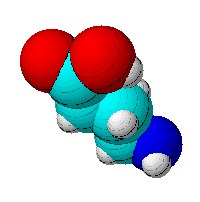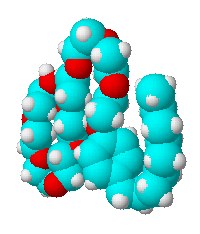The British government is to ban schools from offering sugary and fatty snacks, such as potato chips and candy (sorry I mean crisps and chocolate), to students through vending machines and to improve the lunchtime menu, partly thanks to public pressure and media campaigning over the last year. The BBC interviewed several studens who said it was unfair and that should be given the same choices as adults. One student said he’d just head to the local shops to buy his snacks, implying that the initiative would have little effect on student health…
But, at least he’s going to have to walk or cycle to the shop to get his snack fix rather than grabbing it on site from a vending machine. It’s only a generation since children were not allowed to eat anything in school never mind choosing between apples or chocolate.

